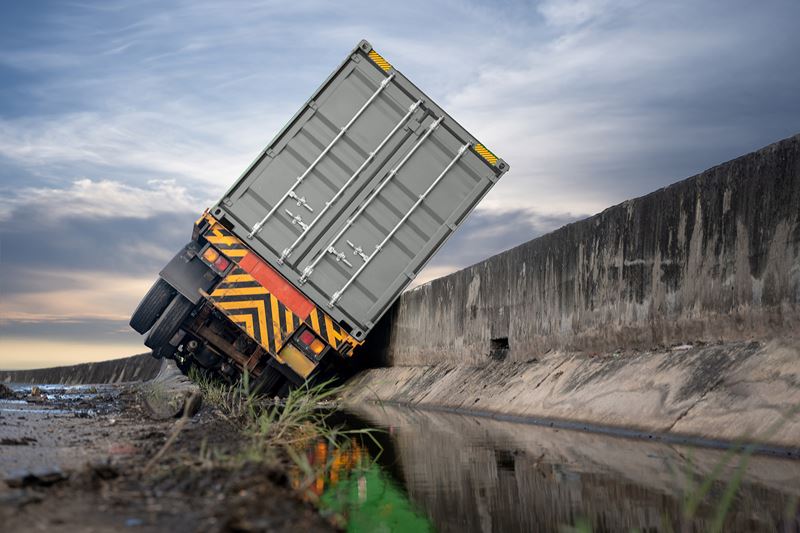Best practices for hiring and onboarding new drivers
Best practices for hiring and onboarding new drivers
Businesses and consumers rely on commercial truck drivers to keep the country moving. But as demand for the delivery of goods and materials rises, it’s a challenge for fleet managers to recruit the best, most qualified drivers. While skills shortages and demographic shifts in the industry can be a roadblock, fleet companies must stay focused on hiring the right people for the job.
“Drivers are the heart of your fleet and your company,” says Richard Paré, Risk Management Specialist at Sovereign Insurance. “Just like the human body, if you have a strong heart, everything works more effectively and efficiently. So, the number-one priority for fleet managers is to conduct a thorough evaluation and selection of drivers.”
If you don’t hire carefully, it can be dangerous and costly. Accidents and violations on the road can increase, and your company can be exposed to claims. To help fleet managers reduce their risk factors and find the right people for the job, Richard shares key best practices for hiring and onboarding new drivers.
Establish clear hiring criteria. The first step is to establish clear hiring criteria that reflect the needs of your organization. Hiring standards start with making minimum age and experience requirements. Will you hire drivers at 18 years old with no experience, or are you looking for drivers 25+ with at least three years of experience? In addition, establish the maximum demerit points a driver candidate can acceptably have, how many violations they can have (for example, a minor speed violation may be acceptable, but three speed violations in six months, or a DUI conviction may not be acceptable), and the maximum number of accidents they can be involved in. By establishing such standards at the beginning, you have created a pre-screening of your drivers.
Get more information. If the driver meets your pre-screening requirements, it’s time to dive into the details. Have the driver fill out an application form that includes their work history and driving experience, the type of commercial vehicles they have driven, and accident history. Request a driver abstract that is no older than one month to ensure you have the most up-to-date information on any infractions. If the candidate looks like a good fit, conduct a structured interview that uses a standardized process of inquiry. This interview may help you gather more details and fill in any gaps on the application form. Be sure to take notes and document what was discussed in the interview.
Conduct a road test. If you’d like to move forward with a candidate after the interview, set up a road test (first checking that their driver’s license is valid). A senior driver who has a clean record, and training as an evaluator, is the ideal person to conduct the test. Evaluate the candidate’s driving abilities on the road, using whichever road test best suits your needs. The test should also include non-operational elements such as pre- and post-trip inspections.
Check references. It’s a good idea to check references after the road test, not before. Given the demands on employers today, reference checks aren’t always easy to conduct. So, if a driver doesn’t demonstrate great skills during the road test, you may have conducted reference checks for nothing. If the driver passes the test, then make the reference checks with previous employers and document the information you receive.
Conduct a thorough and fully documented orientation. If the driver has made it this far and is hired, now it’s time for orientation. Many organizations use an orientation sheet with various topics to discuss, including safety policies and procedures, maintenance programs, disciplinary measures, and more. When the orientation is complete, tick the boxes on the checklist and have the driver sign-off. It’s critical to document every aspect of safety education and training, as you will need to show your due diligence in the event of an insurance claim.
See: The Importance of investing in your drivers
Provide practical training. Before a new driver goes it alone on the road, provide practical training with a mentor driver. This will cover everything from safety inspections to load securement to driving techniques. Specific company and client training should be performed: even drivers with relevant experience require training specific to the company they will be working for (for example, equipment and procedures), and the clients they will be servicing. In any case, document the training, including who provided the training, when it took place, and what was covered.
See: How to build, roll-out, and enforce a fleet driver training program
While hiring and onboarding qualified drivers isn’t easy, it is vital for the overall safety of your operations. Doing your due diligence from the start ensures the safety of your driver and can help your organization save money and reduce risks in the long run. As you’ll discover, it’s worth it to go the extra mile.



